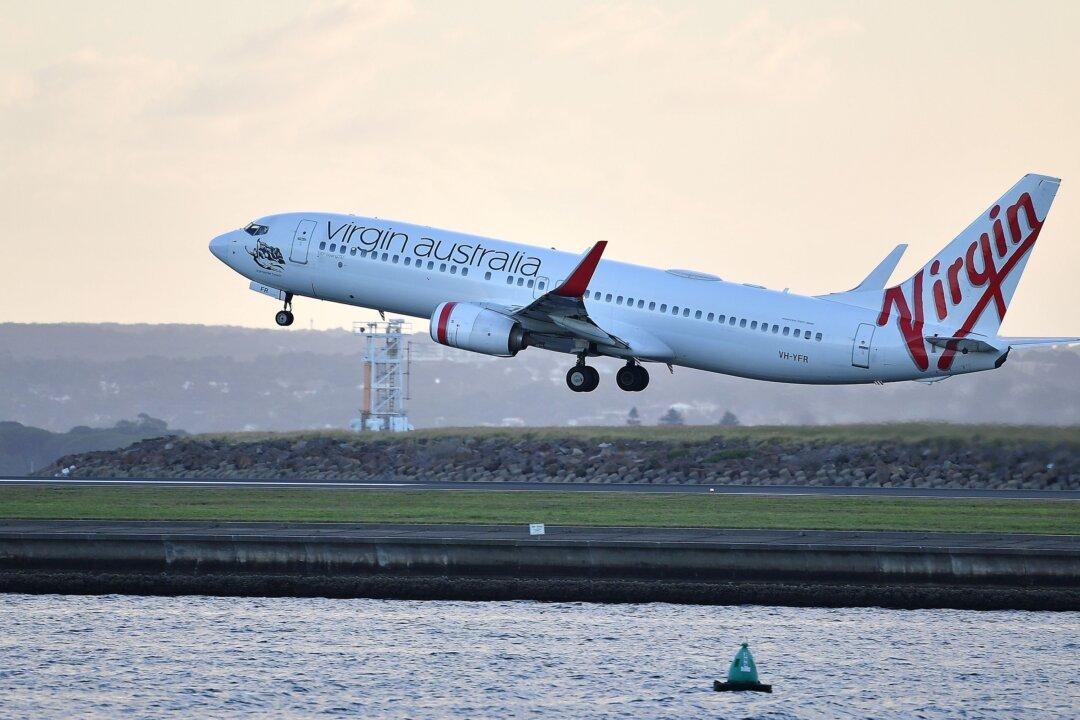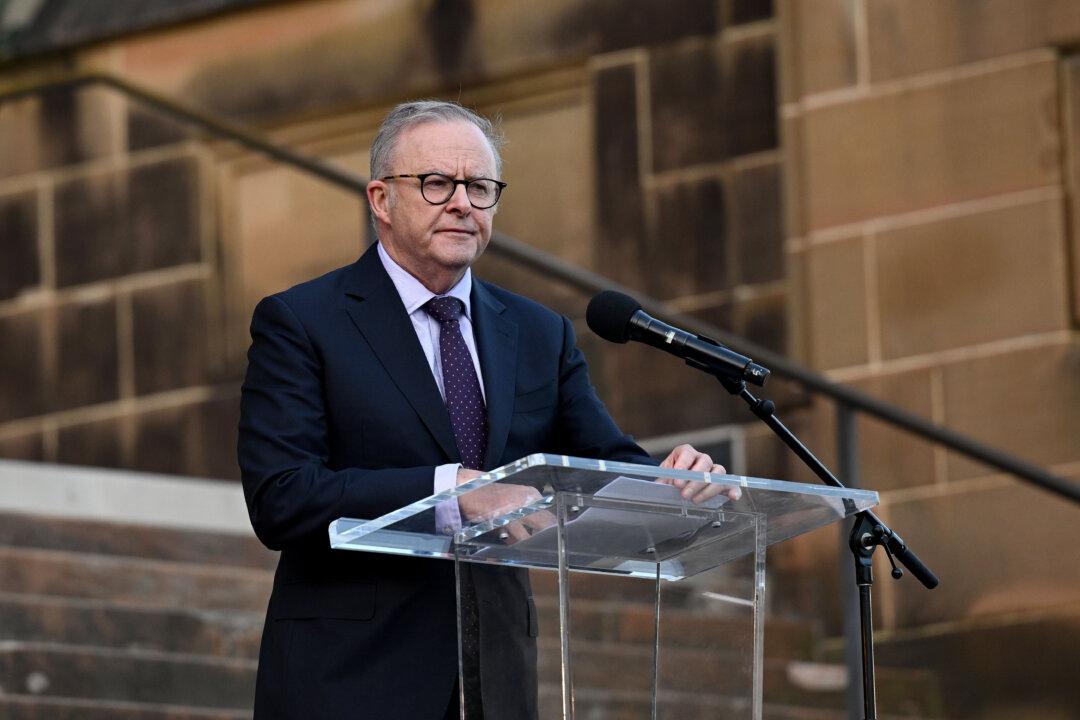Australia will reopen its borders to international students and skilled migrants on Dec. 15 after putting the plans on hold for two weeks due to the emergence of the Omicron variant of the CCP (Chinese Communist Party) virus.
The government had originally planned to open the international borders to this cohort on Dec. 1 but paused those plans while authorities analysed Omicron.




